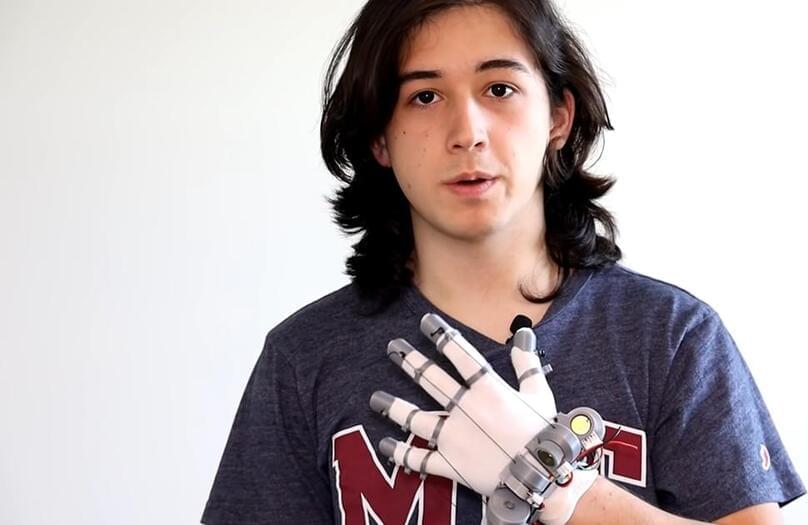The genetic code of a rare form of kidney cancer, called reninoma, has been studied for the first time. In a paper, published in Nature Communications, researchers at the Wellcome Sanger Institute, Great Ormond Street Hospital and The Royal Free Hospital also revealed a new drug target that could serve as an alternative treatment if surgery is not recommended.
There are around 100 cases of reninoma reported to date worldwide, and it is among the rarest of tumors in humans. Although it can usually be cured with surgery, it can cause severe hypertension or it can spread and develop into metastases. There are no existing medical treatments for reninoma and management involves surgery alone. Until now, it had been unknown what genetic error causes reninoma.
In the new study, a collaboration between the Wellcome Sanger Institute and Great Ormond Street Hospital and The Royal Free Hospital, researchers found that there is a specific error in the genetic code of a known cancer gene, NOTCH1, that is behind the development of this rare cancer.








